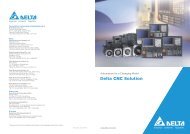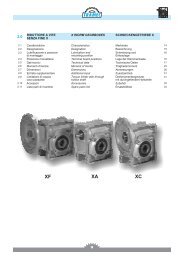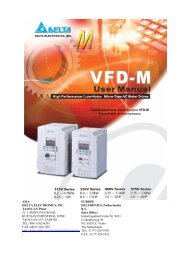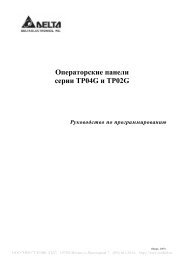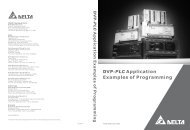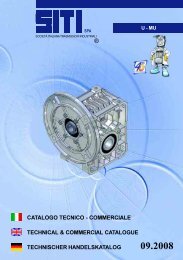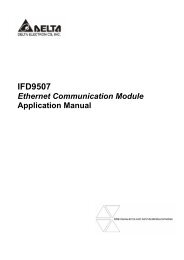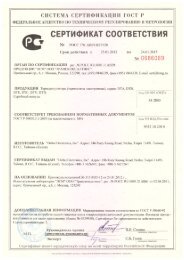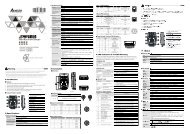Medium Voltage Application Guide
Medium Voltage Application Guide
Medium Voltage Application Guide
Create successful ePaper yourself
Turn your PDF publications into a flip-book with our unique Google optimized e-Paper software.
SWITCHGEAR<br />
Many manufacturers use a continuous overload rating of 1.2 times the primary voltage rating without exceeding<br />
thermal capabilities which can lead to winding and insulation failure.<br />
Output power<br />
This is the apparent output power rating of a transformer when nominal voltage is applied to the primary.<br />
For a 3-phase voltage transformer<br />
arrangement, S = √3 x U x I<br />
Where:<br />
S = apparent output power (VA)<br />
U = secondary line voltage rating (V)<br />
For a single phase voltage transformer<br />
arrangement, S = U x I<br />
I = secondary line current rating (A)<br />
Standard values are: 10, 15, 25, 30, 50, 75, 100, 120 VA<br />
Control supply power transformers are usually single phase transformers, with an output power rating of 500 VA to<br />
5000 VA. For further details, refer to Control power supply transformer sizing on page 128.<br />
Accuracy class<br />
Designates the maximum error of the transformed voltage and phase angles at rated primary voltage.<br />
IEC 61869-3 specifies standard accuracy classes for voltage transformers.<br />
Accuracy classes for metering applications<br />
Class<br />
Metering class 0.2<br />
Metering class 0.5 and 1.0<br />
Metering class 3.0<br />
<strong>Application</strong><br />
High accuracy applications (eg revenue metering)<br />
General use<br />
Rarely used<br />
Accuracy classes for protection applications<br />
Class <strong>Voltage</strong> error ±%<br />
(between 0.5~1.5 x U p for earthed systems;<br />
between 0.5~1.9 x U p for unearthed systems)<br />
Phase shift in minutes (60 minutes = 1 degree)<br />
(between 0.5~1.5 x U p for earthed systems; between<br />
0.5~1.9 x U p for unearthed systems)<br />
3P 3 120<br />
6P 6 24<br />
Control supply power transformer sizing<br />
Sizing a control supply power transformer (CPT) requires analysis of the expected secondary load.<br />
Information required:<br />
total inrush VA of the load<br />
total sealed VA of the load<br />
acceptable voltage drop level on the secondary of the transformer at inrush stage.<br />
In most cases, the inrush period is 20 to 100 milliseconds. The power factor of the inrush current is assumed to be<br />
0.4 (for other values, use the adjustment factor in the table below).<br />
To select a CPT:<br />
1. Determine the acceptable voltage drop on the secondary of the transformer at inrush stage. In the appropriate<br />
voltage drop column, select an Inrush VA value larger than the calculated total inrush VA of the secondary load.<br />
Note: the total inrush VA of the secondary load must include any resistive loading.<br />
2. Find the corresponding transformer power rating, in the Nominal VA rating column.<br />
3. Check that the Nominal VA rating value is larger than the calculated total sealed VA of the transformer<br />
secondary load.<br />
4. If the inrush VA power factor is different from 0.4, multiply the Nominal VA rating by the Power Factor<br />
Adjustment factor.<br />
Page 128 <strong>Medium</strong> <strong>Voltage</strong> <strong>Application</strong> <strong>Guide</strong> 710-12280-00A






